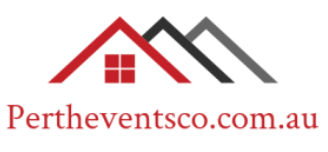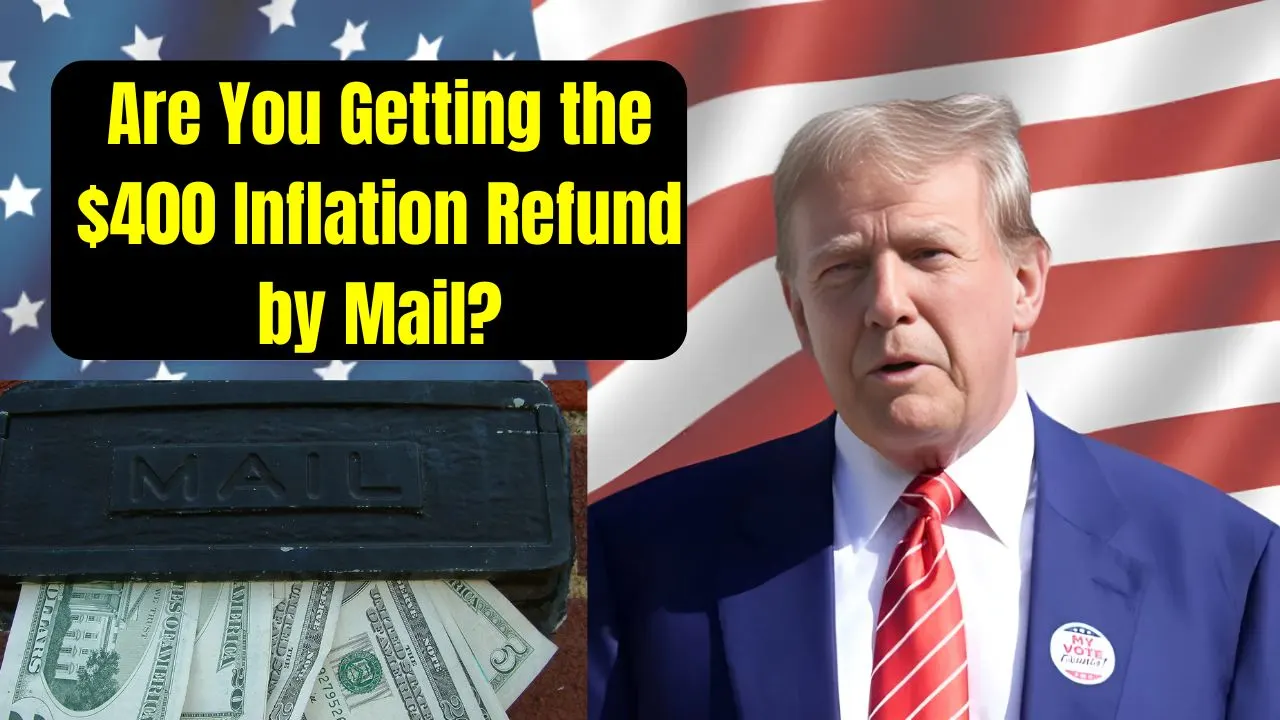In response to ongoing economic challenges, the U.S. government has announced a $400 Inflation Refund for June 2025, aimed at providing financial relief to low-income households. Unlike previous stimulus programs that relied on digital systems, this initiative delivers payments via mailed checks, requiring no online applications. This article explores the details of the refund, including eligibility criteria, delivery process, and steps to secure your payment, alongside other support measures available to Americans facing rising costs.
The Inflation Challenge in 2025
The U.S. economy continues to grapple with inflationary pressures, with the Consumer Price Index (CPI) rising 2.4% annually in May 2025, up from 2.3% in April, according to the Bureau of Labor Statistics. While this is well below the 9.1% peak in June 2022, costs for essentials like groceries, rent, and utilities remain high, straining low-income households. The Yale Budget Lab estimates that new tariffs implemented in 2025 could add $2,500 to the average household’s annual expenses, further eroding purchasing power.
To address these challenges, the federal government has introduced the $400 Inflation Refund, a one-off, non-taxable payment targeting low-income individuals and families receiving specific federal benefits. Unlike the 2021–2023 stimulus checks, which often required tax filings or online registration, this program simplifies distribution by mailing checks directly to eligible recipients’ addresses, ensuring accessibility for those without digital access.
What is the $400 Inflation Refund?
The $400 Inflation Refund is a federal initiative administered by the Internal Revenue Service (IRS) in collaboration with the Social Security Administration (SSA) and Department of Veterans Affairs (VA). It provides a one-time payment to help low-income households manage rising costs for essentials like food, housing, and energy. The payment is non-taxable, does not affect eligibility for other federal benefits, and can be used freely by recipients.
The decision to use mailed checks, rather than direct deposits, reflects a focus on inclusivity, particularly for elderly individuals, rural residents, or those without bank accounts. The program draws inspiration from state-level efforts, such as New York’s $400 inflation refund planned for October 2025, but applies nationally with federal funding. The refund aims to provide immediate relief as tariffs and inflation continue to drive up prices, with economists predicting a sustained uptick in inflation through the second half of 2025.
Eligibility Criteria
To qualify for the $400 Inflation Refund, individuals must be enrolled in one of the following federal benefit programs during a qualifying period, expected to be April–May 2025 (exact dates to be confirmed by the IRS):
-
Supplemental Security Income (SSI)
-
Social Security Disability Insurance (SSDI)
-
Social Security retirement benefits
-
Veterans Disability Compensation
-
Supplemental Nutrition Assistance Program (SNAP)
-
Medicaid
Key Eligibility Details:
-
Qualifying Period: You must be actively receiving one of these benefits during the designated window. Backdated claims may qualify if they cover this period, subject to IRS or SSA approval.
-
Household Limit: Only one payment is issued per household, even if multiple members receive benefits.
-
Income Thresholds: Eligibility is tied to benefit receipt, but some programs (e.g., SNAP, Medicaid) have income limits that may apply indirectly.
-
Non-Qualifying Benefits: General Social Security retirement benefits without SSI or low-income status may not qualify unless paired with another eligible program.
The IRS and SSA will use existing records to determine eligibility, eliminating the need for applications. However, ensuring your address is updated with the relevant agency is critical to receive the check.
Delivery Process
The $400 Inflation Refund will be distributed via paper checks mailed to the address registered with your benefit program. The rollout is scheduled to begin on 15 June 2025, with most checks delivered by 30 June 2025. The tentative schedule is:
-
SSI, SSDI, and VA benefit recipients: Checks mailed between 15–22 June 2025.
-
SNAP and Medicaid recipients: Checks mailed between 20–30 June 2025.
Checks will be issued in the name of the primary benefit recipient and labeled with a reference like “IRS Inflation Refund 2025” or “SSA Inflation Refund 2025.” They can be deposited at banks, credit unions, or cashed at post offices or check-cashing services.
Steps to Ensure Delivery:
-
Update Your Address: Verify your address with the IRS, SSA, or VA. For SSI/SSDI, update via the SSA website or call 1-800-772-1213. For SNAP/Medicaid, contact your state agency.
-
Monitor Your Mail: Check for the cheque in mid-to-late June. If it doesn’t arrive by 30 June 2025, contact the IRS at 1-800-829-1040 or SSA.
-
Deposit Promptly: Checks are typically valid for 6–12 months. Deposit or cash them promptly to avoid expiration.
Why June 2025?
The June 2025 timing aligns with rising inflation concerns, particularly as tariffs begin impacting consumer prices. Economists note that May 2025 marked the start of tariff-related price increases, with Walmart and other retailers raising prices in late May and June. The Federal Reserve’s decision to hold interest rates steady at 4.25%–4.50% in June reflects caution amid these inflationary pressures, making direct relief like the refund critical.
Summer also brings unique financial burdens, such as higher childcare costs and travel expenses, which hit low-income families hardest. The mailed check approach ensures that even those without digital banking can access the funds, addressing equity concerns raised in prior stimulus programs.
Broader Support Measures
The $400 Inflation Refund complements other federal and state initiatives:
-
Earned Income Tax Credit (EITC): Expanded for 2025, providing up to $7,430 for low-income families with children.
-
Child Tax Credit: Monthly payments of up to $300 per child continue for eligible families.
-
Low-Income Home Energy Assistance Program (LIHEAP): Offers grants for utility bills.
-
State-Level Relief: Programs like New York’s $400 refund or California’s Middle-Class Tax Refund provide additional support.
These measures aim to stabilize household finances as inflation risks linger, with core CPI projected to hit 2.9% in 2025.
Potential Challenges
The mailed check system, while inclusive, poses risks:
-
Delivery Delays: Postal issues or outdated addresses could delay receipt. Update your address promptly to avoid this.
-
Fraud Risks: Scammers may send fake texts or calls claiming to be from the IRS. The refund is automatic; never share personal details to “claim” it.
-
Awareness Gaps: Some recipients may discard checks, mistaking them for junk mail. Check IRS.gov for official updates.
If your check is missing, contact the IRS or SSA after 30 June 2025 with your Social Security number and benefit details. Local nonprofits or Legal Aid can assist with disputes.
Impact on Households
The $400 refund can make a tangible difference. A single mother on SNAP might use it for summer camp fees, while a disabled veteran could cover medical co-pays. With inflation adding $2,500 annually to household costs, this payment offers temporary relief. Critics argue that one-off payments don’t address systemic issues like wage stagnation or housing costs, but for many, it’s a vital buffer against debt.
FAQs
1. Do I need to apply for the $400 Inflation Refund?
No, the payment is automatic for those receiving eligible benefits (e.g., SSI, SSDI, SNAP) during the qualifying period (likely April–May 2025). Update your address with the IRS or SSA to ensure delivery.
2. What if my check doesn’t arrive by June 30, 2025?
Contact the IRS (1-800-829-1040) or SSA (1-800-772-1213) with your Social Security number and benefit details. Verify your address and confirm eligibility with your benefit agency.
3. Is the $400 refund taxable or counted toward other benefits?
No, the payment is non-taxable and does not affect eligibility for federal benefits like SNAP, Medicaid, or SSI.
4. Can I qualify if I only receive Social Security retirement benefits?
General Social Security retirement benefits may not qualify unless paired with SSI or another low-income program like Medicaid. Check with the SSA to confirm eligibility.
In Summary
The $400 Inflation Refund for June 2025 is a targeted response to rising costs, delivering relief to low-income U.S. households via mailed checks. By focusing on benefit recipients and bypassing online applications, the program ensures accessibility. To receive your payment, update your address, monitor your mail, and stay alert for scams. Combined with other federal and state support, this refund helps families manage essentials amid inflationary pressures. Visit IRS.gov or SSA.gov for updates and contact agencies if issues arise, ensuring you access this critical financial aid.

